
My Fair Lady is a musical based on George Bernard Shaw's 1913 play Pygmalion, with a book and lyrics by Alan Jay Lerner and music by Frederick Loewe. The story concerns Eliza Doolittle, a Cockney flower girl who takes speech lessons from professor Henry Higgins, a phonetician, so that she may pass as a lady. Despite his cynical nature and difficulty understanding women, Higgins grows attached to her.

Eliza Rosanna Gilbert, Countess of Landsfeld, better known by the stage name Lola Montez, was an Irish dancer and actress who became famous as a Spanish dancer, courtesan, and mistress of King Ludwig I of Bavaria, who made her Gräfin von Landsfeld. At the start of the Revolutions of 1848 in the German states, she was forced to flee. She proceeded to the United States via Austria, Switzerland, France and London, returning to her work as an entertainer and lecturer.
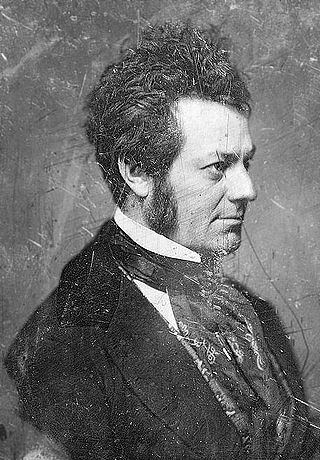
Edwin Forrest was a prominent nineteenth-century American Shakespearean actor. His feud with the British actor William Macready was the cause of the deadly Astor Place Riot of 1849.
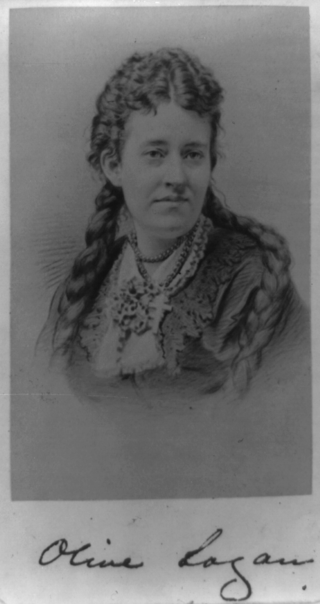
Olive Logan was an American actress and author, daughter of Irish-American actor and playwright Cornelius Ambrosius Logan and Eliza Akeley.
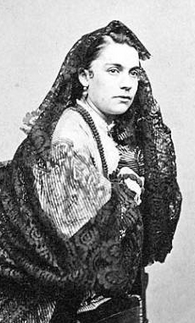
Eliza Newton was a Scottish stage actress.
Laila Robins is an American stage, film and television actress. She has appeared in films including Planes, Trains and Automobiles (1987), An Innocent Man (1989), Live Nude Girls (1995), True Crime (1999), She's Lost Control (2014), Eye in the Sky (2015), and A Call to Spy (2019). Her television credits include regular roles on Gabriel's Fire, Homeland, and Murder in the First. In 2022, she portrays Pamela Milton in the final season of The Walking Dead.

Lydia Thompson, was an English dancer, comedian, actor and theatrical producer.

Margaret Dale was an American stage and film actress. She performed on Broadway for over fifty years and occasionally did films in the 1920s. She appeared in a large number of Broadway hits over the course of her years as an actress.

Janet Beecher was an American stage and screen actress.
Cornelius Ambrose Logan was an American physician, writer, and diplomat, best known for his two terms as United States Ambassador to Chile during difficult times.
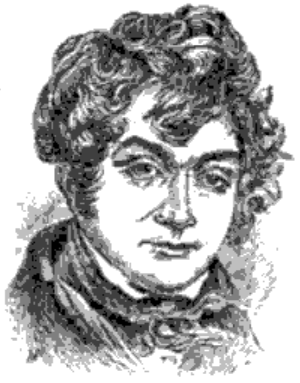
Cornelius Ambrosius Logan was an American actor, playwright, and journalist who was father to a famous family of actresses and writers.

Celia Logan was an American actress, playwright, and writer, and a member of the Logan family of actors and writers. She became a correspondent of American journals and wrote for magazines. During the American Civil War, she resided in Milan, Italy, translating the war news for newspapers. Afterwards she settled in Washington, D.C., where she became associate editor of The Capital. She wrote several dramas, including An American Marriage.
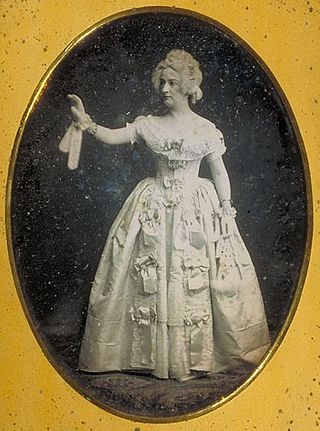
Catherine Norton Sinclair (1817–1891) was an actress-manager who worked with such notable actors as Junius Brutus Booth, Edwin Booth, and Laura Keene. Her sensational divorce from Edwin Forrest captivated the American public in the mid-1800s.
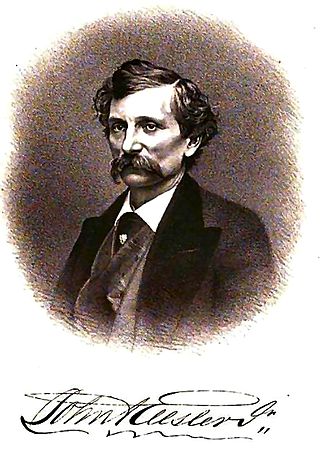
John A. Ellsler was an American actor, theatre manager and acting instructor who helped make Cleveland, Ohio one of the more important theatre towns in post Civil War America. Ellsler was instrumental in starting the careers of several well known actors of that period including his daughter's, and had once been a friend and business partner of the assassin, John Wilkes Booth.

Isabella Hill, better known as Mrs Howard Paul, was an English actress, operatic singer and actress-manager of the Victorian era, best remembered for creating the role of Lady Sangazure in the Gilbert and Sullivan comic opera The Sorcerer (1877).

Fanny Elizabeth Davenport was an English actress who emigrated to America. After her marriage to American tragedian Edward Loomis Davenport, she was known as Mrs. E. L. Davenport. Their children included actress Fanny Davenport and actor Harry Davenport; their descendants include actresses Dorothy Davenport and Anne Seymour.

Elizabeth Ponisi Wallis, née Hansom or Hanson, known throughout her career as Madame Ponisi, was an English-American actress.

Alice Atherton, was a dancer, comedian, actress, and theatrical performer during the late 19th century.

Arthur McKee Rankin (1841–1914) was a Canadian born American stage actor and manager. He was the son of a member of the Canadian Parliament. After a dispute with his father he left home to become an actor. He made his stage debut in Rochester, New York in 1861 using the name George Henley. In 1863 he was seen at Wood's Theatre in Cincinnati in the play The Stranger as The Count. During this time he was engaged by Mrs. John Drew at her Arch Street Theatre in Philadelphia. Rankin, a Canadian, had no role or participation in the American Civil War. In 1866 he appeared at the Olympic Theatre in London run by Mrs. John Wood. Rankin increasingly became popular in the melodramas of the period and in 1867 was in a play called The Hunchback. In 1870 he appeared with Lydia Thompson in Mosquito and was a leading man from 1873-75 at the famous Union Square Theatre. Having married Elizabeth Blanchard better known as Kitty they acted together in the 1870s appearing in the smash hit play The Two Orphans in 1874.
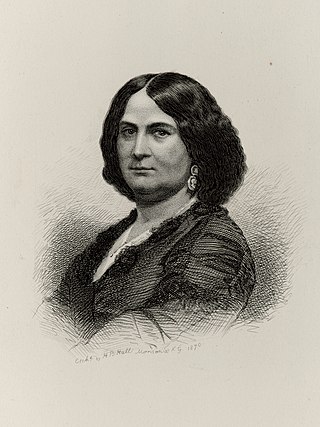
Mary Stevenson, known professionally as Mary Gannon, was an American actress who had an active stage career in comedies and vaudeville during the mid 19th century. A gifted comedienne, she became associated with many of the matron roles of 18th and 19th century comedies. Shortly before her death at the age of 39, New York theatre critic Joseph N. Ireland wrote of Gannon, "[she] is now universally acknowledged to be the best general comic actress in the city."


















